Courtesy: Daily Rising Kashmir dated January 21st, 2009 by Baba Umar
Srinagar, Jan 20: It was the morning of January 21, 1990. The sun came up without much sparkle but it shone on young Rauf’s face for the last time. For, by noon, he was lying on the ground in his favourite blue jacket and green shoes, his body pierced by a hail of troopers’ bullets.
And, two decades later, his family and those who saw him getting killed along with 52 other peaceful protesters in Kashmir’s first massacre since the armed rebellion broke out in 1989 against the Indian rule, try to look back on the event that gave birth to a generation of angry youngmen. A violent uprising and a separatist sentiment never seen before in Kashmir.
On that fateful morning, Abdur Rauf Wani (24) and his father G A Wani, a government employee, watched from the window a huge but peaceful procession passing through Maharaja Bazar, trigerred by the news of molestation of women in the old city, strict curfews and restrictions.
It was also just a day after New Delhi appointed Jagmohan as J-K Governor in a bid to control mass protests by Kashmiris.
In the street below, men in thousands raised their fists, with slogans ‘Hum Kya Chahte... Azadi’ (We Want Freedom) renting the air. Nothing unusual, as people had grown used to these reminders. But Rauf, unable to contain the surge of emotions within, turned to his father and what followed was a little "more unusual".
“Bauji, this’ll be now begairti (disgrace), should we not join now,” Zulehama Banday, Rauf’s older sister recalls his brother’s conversation with dad.
The senior Wani looked back, waited for a moment and then nodded his head. “Should I go,” Rauf again insisted. “Yes,” his father replied.
Zulehama says it was the first time that the family had okayed Rouf's request to join the peaceful protests. Rauf was soon away, smashing a flower vase in hurry. He stumbled but got up immediately. He performed ablutions, fixed the shoe laces, adjusted his jeans and slid both arms in the blue jacket that he had slung on his right shoulder till then.
Onto the road. “A neighbour tried to stop him but he wouldn’t,” recalls Zulehama, who by now had joined her father at the window to see Rauf disappear in a swarm of youngmen.
The long strip of rally that begun from Jawahar Nagar and Ikhrajpora, Rajbagh to reach Budshah Chowk. Earlier proposed to stopover outside UNO at Sonawar, people in the front decided to drum up more support from inner city. The crowd swerved towards Maisuma that would lead demonstrators to inner city till it reached Gaw Kadal Bridge over the Jhelum.
When the front-liners of crowd was halfway across the Gaw Kadal, the paramilitary Central Reserve Police Force (CRPF) opened fire with automatic machine guns from three directions. In the next few minutes, the bridge with littered with corpses and blood. The first day of Governor Jagmohan’s rule would pass in the bloodshed.
Muhammad Altaf Qureshi (50) remembers how the march was stopped with automatic machine guns and how a fearless youngman braved bullets from an unremitting gun nozzle.
“Without any provocation and warning, they fired on us,” he recalls. Qureshi, who was in the third row, says the sounds of unrelenting gunfire triggered astampede on the wooden bridge. The charge pushed him on the deck and soon blood-stained bodies were dotting the spot. Whosoever tried to stand on his legs would be fired upon.
In this melee of bullets and screams, Qureshi noticed a youngman getting up, pushing aside with his hands both the dead and alive. “A trooper was showering bullets from a short distance and this youngman shielded people by blocking troopers’ view,” Qureshi recalls. “He took all the bullets on his chest.”
The youngster was none other than Rauf. Troopers with faces masked had emptied their carbines by puncturing Rauf’s abdomen and chest. The act of bravery saved scores from getting killed. Rauf finally collapsed, his face upwards; blood painting his blue jacket and green shoes with red.
Qureshi watched silently. He was motionless. The crowd had dispersed. "Mayhem, Massacre, God" were the cries he heard from the receding crowd. While on the bridge, troops were leaping on the corpses, kicking survivors and finishing them off. Qureshi pretended dead, hiding his face under someone’s blood-splattered torso.
“I preferred to lie with the bodies, knowing for sure I will be shot if I stirred. I closed my eyes and remembered Allah and recited Kalima without letting a sound come out,” he recalls. Then the image of his
three-month-old daughter flashed in his mind. He soon heard policemen speak in Kashmiri, shouting loud if someone was alive.
“For a while I pretended dead,” he says.
As if mere sack of flesh, blood and bones, the scene had deadened his body. He was picked up by a cop of J&K Police who inquired if he was alright. He saw policemen heave the bodies into a truck, over a tarpaulin and disappear from the spot.
“I was taken to a nearby fire station, from where I called up my home. They were waiting for my corpse after a friend and survivor told them about the massacre,” recalls Qureshi.
The news travelled to home faster than the body of Rauf. Zulehama, the other siblings and father panicked. Rauf had wished martyrdom when a funeral procession passed by the family’s house months back. Zulehama watched their elder brother Parvez Wani readying for Police Control Room (PCR), Batamaloo, where the injured and dead were taken.
At PCR gate Parvez struggled hard to enter the premises, as relatives of victims had already started to pour in. Back home, Rauf’s father was restless. He had allowed his son join the peaceful march. A sense of guilt had overtaken him. Others in the family were crying and consoling each other, assuming Rauf might have swum the river below the wooden bridge. Or he must have stayed at someone’s house.
“We were not sure, however,” Zulehama says.
But at PCR, Parvez was face-to-face with reality: he was handed the bullet-ridden body of his brother. Thirtytwo holes, he counted, had punctured Rauf - the highest number of bullets fired on anyone in the rally. “And when the body reached our home…everyone……” Zulehama is unable to continue.
It was not for the first time that he had risked his life to save others. In 1984, Rauf risked his life to save a Sikh laborer who was shot on head while he was lacing his shoes in the street. Family members say that the labourer had cried for help, and when others in the neighbourhood shut their doors and windows, Rauf rushed out and took him to the nearby hospital.
“He was 18 then,” Zulehama says. Three years later, in 1987, Rauf along with hundreds of youth was dragged to jail for supporting a political party Muslim United Front (MUF). Rauf was bundled into the notorious PAPA-2 interrogation chamber for 21 days.
Zulehama also remembers how young Rauf would shift a mound of sand outside a neighbour’s house making way for guests during a marriage.
Rauf was laid to rest at a graveyard in Sarai Bala, besides Dastageer Sahib Shrine. Soon after, the family sold their property and moved to another locality. And in 2006, Rauf was posthumously honoured with Robert Thorpe award.
Zulehama knows police had registered a case which was, however, closed in 2005 and those involved in Kashmir’s first massacre were declared untraceable.
But when I ask her what does she think and if she wants the case reopened, her silence is coupled with soaked eyes. For a moment she speaks nothing. Then she says: "Yes. It must be.
“When I think of my brother,” she says, “the thoughts are not just of the wonderful time we shared. It is of the brutal way in which he was killed, the irrationality of the act, and ultimately, the offenders and the Indian justice system."
Subscribe to:
Post Comments (Atom)
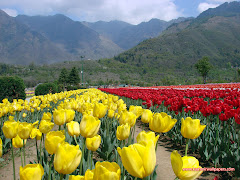

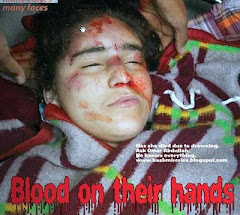
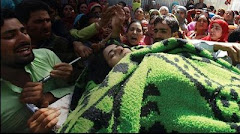

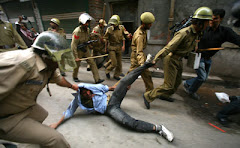


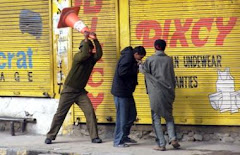
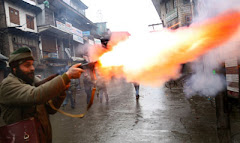


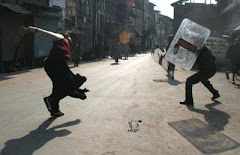
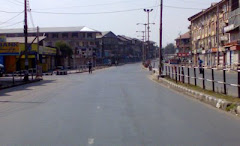
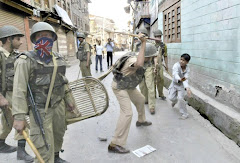


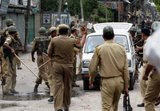



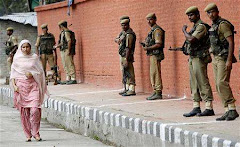



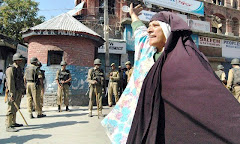





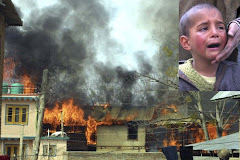

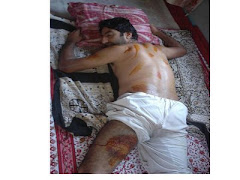


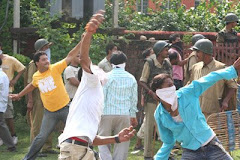

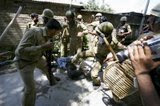


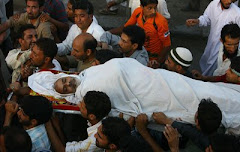
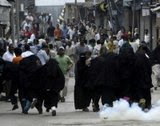

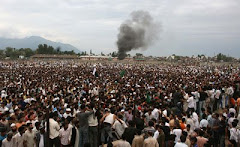
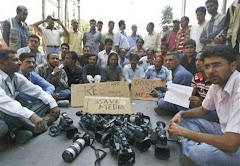




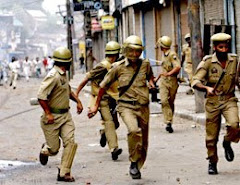
No comments:
Post a Comment